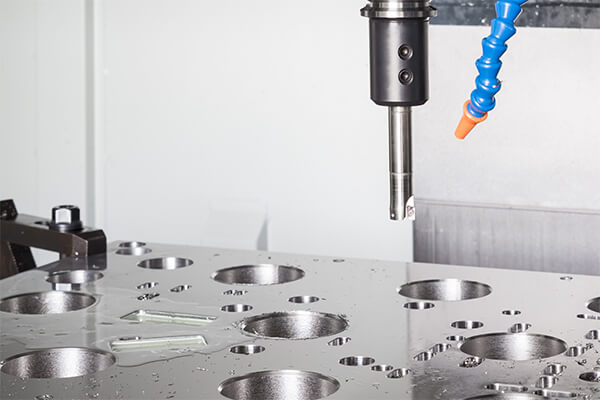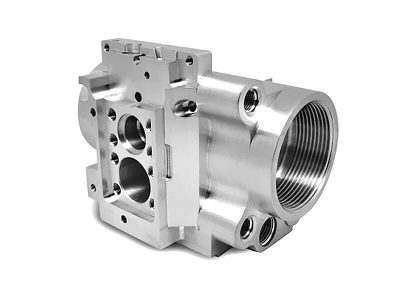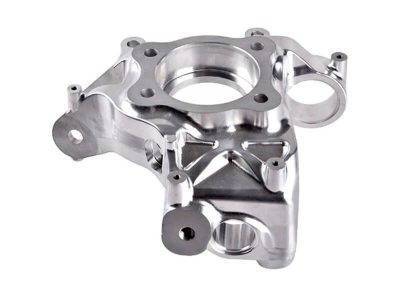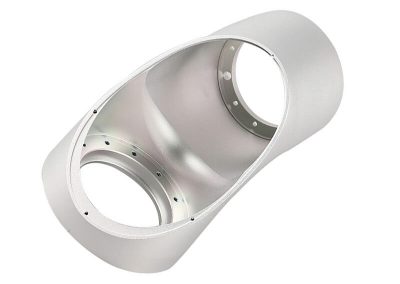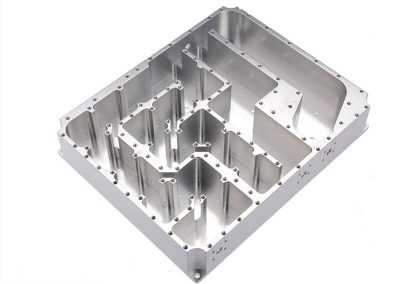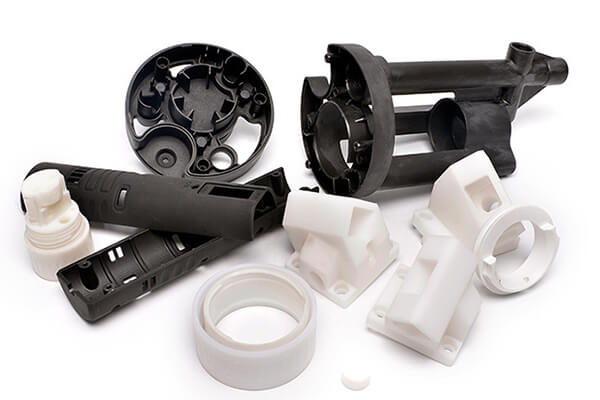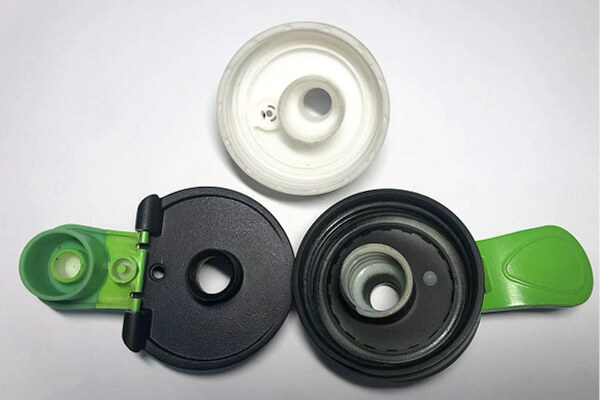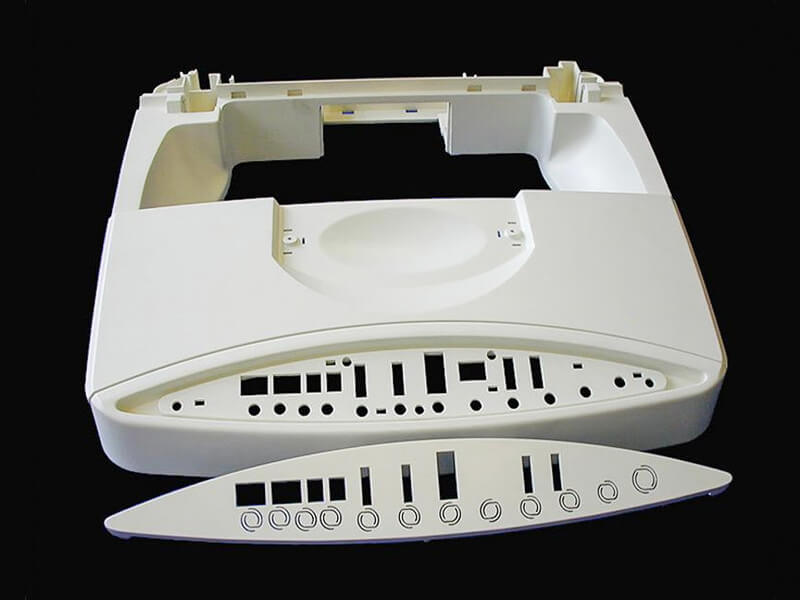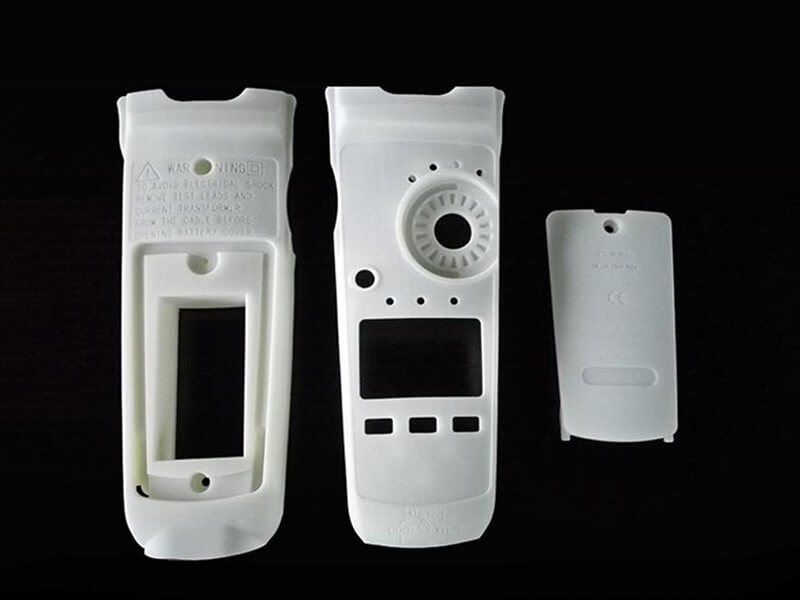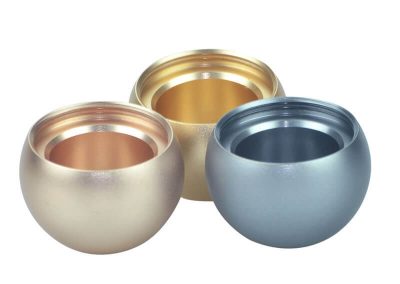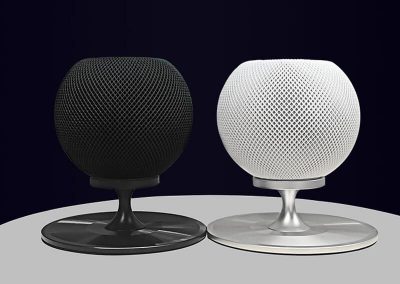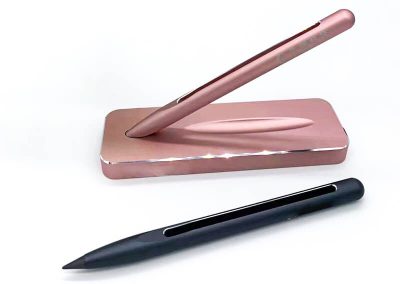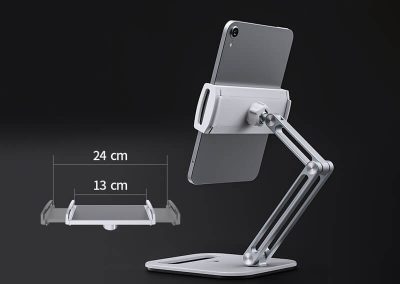CNC Prototyping from Custom Prototypes to Production
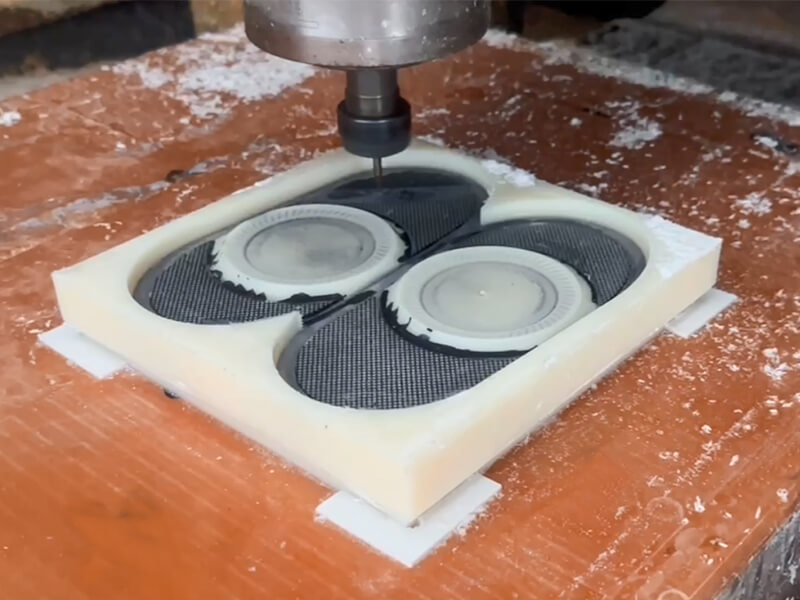
What is CNC Prototyping?
CNC prototyping, or Computer Numerical Control prototyping, is a cutting-edge manufacturing process that utilizes computer-controlled machinery to transform digital designs into physical prototypes with precision and speed. It begins with a 3D computer-aided design (CAD) model, which guides CNC machines to shape materials like plastics, metals, or composites into prototype components. The CNC process ensures high accuracy, repeatability, and the ability to create intricate, complex geometries. This technology is instrumental in industries ranging from aerospace and automotive to consumer products and healthcare, allowing for rapid and cost-effective development of prototypes for testing and design validation before full-scale production.CNC prototyping is an essential tool in the product development process, helping designers and engineers bring their concepts to life with high accuracy and efficiency.
How to Proceed CNC Prototyping?
The CNC prototyping process is a sophisticated and precise method for transforming digital designs into physical prototypes. Here’s an overview of the key steps involved:
-
- Design Creation: The process begins with the creation of a 3D Computer-Aided Design (CAD) model using specialized software. This digital model serves as the blueprint for the prototype.
- CAM Programming: The CAD model is translated into a Computer-Aided Manufacturing (CAM) program. This program contains the instructions needed to control the CNC machine during the machining or additive manufacturing process.
- Material Selection: The choice of material for the prototype is critical and depends on factors like durability, appearance, and function. Common materials include plastics, metals, composites, and even ceramics.
- CNC Machine Setup: The CNC machine is set up and calibrated according to the specifications of the CAM program. This includes loading the selected material and securing it in place.
- Tool Selection: Depending on the design and material, appropriate cutting tools, drills, or additive manufacturing nozzles are selected and installed on the CNC machine.
- Prototyping Process: The CNC machine executes the CAM program, precisely following the design specifications. It may involve cutting, milling, turning, or layer-by-layer additive manufacturing, depending on the chosen CNC technology.
- Quality Control: Throughout the prototyping process, quality control measures are implemented to ensure that the prototype meets design specifications. This may include inspections, measurements, and tests.
- Finishing: After the CNC prototyping is complete, the prototype may undergo post-processing steps, such as sanding, polishing, or assembly, to prepare it for evaluation and testing.
- Evaluation and Testing: The finished prototype is thoroughly evaluated and tested to verify its form, fit, function, and performance. This step helps identify any design flaws or improvements needed.
- Refinement and Iteration: Based on the testing results, design refinements may be made, and the CNC prototyping process can be repeated if necessary to create revised prototypes.
- Final Prototype: Once the prototype meets all requirements and passes testing, it is considered the final prototype. It serves as a crucial reference for full-scale production.
CNC prototyping offers numerous advantages, including precision, repeatability, speed, and the ability to create complex geometries. It plays a pivotal role in various industries, enabling efficient and cost-effective development and validation of prototypes before moving to mass production.

Various CNC Prototyping Operations
Manufacturers have at their disposal a range of different CNC machining operations for prototyping purposes. The selection of a particular operation depends on several factors, including design requirements and the choice of materials. Below, we outline some common CNC prototyping machining operations:
Milling
Milling involves the creation of prototypes using specialized milling machines. This CNC milling process is subtractive, as the machine removes material from a workpiece to craft prototypes with diverse geometries. The milling machine employs multi-point cutting tools, with each cutting point generating precise shapes and lengths on the workpiece as it rotates.
The depth and type of cuts, as well as the machine’s axis configuration, are tailored to the complexity of the design. For enhanced cutting precision, milling machines often incorporate additional axes, expanding their range of movement.
Turning
Turning entails the production of prototypes using a turning machine equipped with a lathe tool. This tool is well-suited for crafting intricate prototypes and final products with cylindrical features. In this machining operation, the lathe cutting tool remains stationary while the workpiece rotates in close proximity.
Unlike milling machines, turning machines fashion cylindrical components by removing material from a bar stock using a single-point cutting tool. CNC turning is particularly useful for creating linear features on the exterior of a prototype, as well as for fashioning slots, threads, and tapers on its interior surfaces.
Multi-axis Machining
Multi-axis machining represents a versatile approach to rapid prototyping, especially for designs with intricate specifications. This method incorporates more axes of movement than traditional operations. Machines in this category can be equipped with 3-axis, 4-axis and 5-axis capabilities. A higher number of axes offers greater precision and the ability to tackle complex, hard-to-machine parts.
Materials in CNC Prototyping
CNC (Computer Numerical Control) prototyping processes are versatile and can work with a wide range of materials to create precise prototypes and functional parts. It’s important to note that the choice of material should consider factors like mechanical properties, thermal conductivity, electrical conductivity, chemical resistance, and cost. CNC prototyping offers flexibility in material selection, enabling manufacturers to meet a wide range of design and functional requirements. Here are some common materials used in CNC prototyping:
Plastics:
Plastics are widely used in CNC prototyping due to their versatility, ease of machining, and cost-effectiveness. Common plastics include ABS, PVC, acrylic (PMMA), polycarbonate (PC), and nylon. These materials are ideal for creating prototypes, consumer products, and components with good chemical resistance and electrical insulation properties.
Metals:
CNC machining can work with various metals, including aluminum, steel, stainless steel, brass, copper, and titanium. Metals are favored for their strength, durability, and resistance to high temperatures, making them suitable for applications in aerospace, automotive, and engineering industries.
Rubber:
Rubber materials, including silicone and elastomers, are used for CNC prototyping when flexibility, elasticity, and resistance to moisture or chemicals are essential, such as in gaskets, seals, and medical devices.
Exotic Materials:
Depending on the specific requirements, CNC prototyping can work with exotic materials such as glass, stone, and even certain composites with unique properties.
Composites:
Composite materials, which combine different materials for enhanced properties, are also used in CNC prototyping. Carbon fiber composites, fiberglass, and laminates are examples. Composites offer high strength-to-weight ratios and are commonly used in aerospace and automotive applications.
Applications Of CNC Prototype Machining
CNC prototype machining finds widespread application across various industries, but its utilization is particularly prominent in certain sectors due to their specific requirements and demands. In these industries, CNC prototype machining plays a pivotal role in expediting product development, enhancing precision, and guaranteeing the functionality and safety of components and systems. Its versatility, accuracy, and ability to work with a variety of materials make it an indispensable tool for innovation and progress across a wide spectrum of applications. Here are some key industries that heavily rely on CNC prototype machining:
Military Industry:
The military industry, particularly its research and development (R&D) sector, heavily relies on CNC prototype machining. This technology is instrumental in the rapid production of components and vehicles, regardless of the material’s hardness. Military R&D employs CNC prototyping for the creation of various warfare vehicles, aircraft, and critical parts, ensuring the readiness and effectiveness of military equipment and technologies.
Automotive Industry:
The automotive sector depends on CNC prototype machining to create components and models characterized by exacting precision and strict tolerances. These components encompass critical elements like brakes, gears, suspension components, and wheels. Achieving ultra-tight tolerances is essential to ensure the safety of vehicles. CNC prototype machining plays a pivotal role in producing prototypes that fit and function flawlessly before mass production, streamlining the development of automotive innovations.
Aerospace Industry:
In the aerospace sector, CNC prototyping serves two critical purposes. Firstly, it is employed to manufacture components with unparalleled precision and accuracy. Secondly, it plays a vital role in testing the performance and functionality of these components and innovations, ensuring their reliability during flight. CNC prototype machining is used in crafting vital aerospace parts like manifolds, bushings, and airfoils, contributing to the safety and efficiency of aircraft.
Medical Industry:
Precision and accuracy of a microscopic scale are paramount in the medical field. CNC prototype machining is indispensable here, offering versatility in material selection, including metals and plastics. With the constant advancement of medical technology, there is a growing demand for components such as prosthetics, biopsy tubes, surgical instruments, and implant holders, all requiring the utmost precision and accuracy. CNC machining delivers high-quality functional prototypes that meet these exacting standards.
CNC Prototyping in Small Batches to Manufacture Final Products
CNC prototyping in small batches has revolutionized the manufacturing process for final products. This advanced manufacturing technique allows businesses to create limited quantities of high-quality, precision-engineered components or products with exceptional accuracy and consistency. Manufacturers can rapidly produce prototypes and small batches of final products. This approach offers numerous advantages, including reduced production costs, faster turnaround times, and the ability to iterate and refine designs quickly. CNC prototyping is particularly valuable in industries where customization and flexibility are paramount, enabling businesses to meet diverse customer demands while maintaining product excellence.
Comparison Between CNC Machined Prototypes and Injection Molding Prototypes
While both of these prototype methods serve the purpose of providing a visual representation of the final product, they exhibit distinct differences. Here’s a comparative analysis of the two:
Part Tolerance
Injection molded prototypes typically feature part tolerances ranging from ±0.1 to 0.7mm. The limited tolerance is a result of material shrinkage after injection.
In contrast, CNC machined prototypes boast an exceptionally high tolerance level of ±0.01mm, reflecting the precision and accuracy inherent in the machining process.
Prototype Material
Injection molded prototypes are predominantly crafted from plastics or elastomers. This choice arises from the necessity of injecting molten materials into molds to shape the prototypes.
Conversely, CNC machined prototypes can be fashioned from a variety of materials, including wood, plastic, or metal, depending on the material chosen by the manufacturer.
Surface Quality
Although the injection molding process is precise, resulting prototypes may exhibit minor imperfections such as warping, sink marks, flow lines, weld lines, vacuum shots, short shorts, and jetting. These defects can detract from the visual appeal of injection molded prototypes.
On the other hand, CNC machined prototypes offer a superior surface finish thanks to the extensive tooling utilized during the machining process.
Comparison Between CNC Prototyping and 3D Printing
While both processes serve as prototyping methods, they exhibit significant differences in both approach and outcomes. Each method possesses its unique strengths, weaknesses, and ideal applications. In this article, we will delve into a comparative analysis of these two techniques:
Material Efficiency
When it comes to material usage, 3D Printing stands out for its minimal waste. This is because 3D Printing only consumes the necessary material during the fabrication process. Conversely, CNC machining carves away excess material from a block to attain the desired form.
Prototyping Costs
CNC processes tend to be more expensive than 3D printing. The cost disparity stems from the assortment of accessories required for optimal CNC machine operation, including fixtures, cutting tools, and cutting fluid delivery systems. Additionally, the initial investment in CNC prototyping machinery significantly impacts the overall cost of prototypes produced through this machining process, rendering them considerably pricier.
Material Compatibility
CNC machining boasts compatibility with a wide array of materials, encompassing wood, plastic, metals, and alloys. In contrast, 3D Printing predominantly accommodates thermoplastics due to their malleability when heated and reshaped.
Part Precision and Durability
CNC machines exhibit remarkable precision, with tolerances as tight as ±0.01 mm. In comparison, advanced 3D printing technologies like DMLS (Direct Metal Laser Sintering) offer tolerances at a slightly less precise ±0.1 mm. Furthermore, parts produced through CNC prototyping tend to be sturdier and more durable than their 3D-printed counterparts.
Choosing the Right CNC Prototype Machining Service–Sungplastic
CNC prototyping is a critical process that allows design teams to quickly create accurate physical models to validate concepts and verify design feasibility. With the help of CNC prototype machining, we are able to achieve high precision part manufacturing, ensuring the performance and feasibility of the product. This helps to shorten the development cycle, control costs and improve product quality. In addition, CNC prototyping provides an indispensable support for innovation and market competition, providing highly customizable solutions for design and manufacturing projects in various industries.
Sungplastic provides high-quality and comprehensive prototype machining services and is dedicated to meeting your rapid prototyping needs. We have advanced CNC prototype machining and an experienced team to quickly transform your design ideas into accurate physical prototypes. We support a variety of materials including metals, plastics and composites to meet different project requirements. Our services focus on quality and fast delivery to help you stand out from the competition in the market. When you choose our CNC prototyping services, you’ll gain a reliable partner to drive innovation and product development. Please contact Sungplastic’s professional team and enjoy excellent production and customer service.
Get a free quote and design analysis today.
We’ll reply you within 6 working hours. We respect your privacy.

